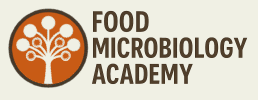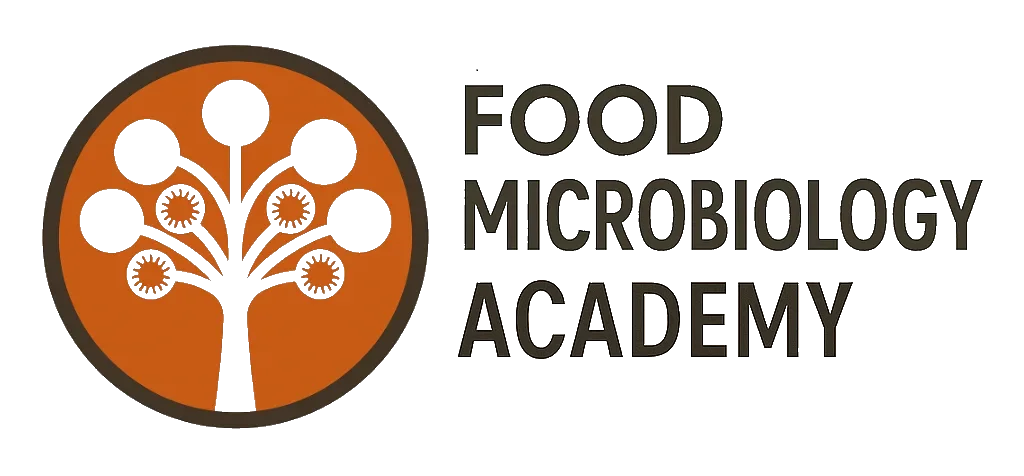Wednesday this week, June 7, was World Food Safety Day. The World Health Organization has stated this year’s theme was “Food standards save lives”. To provide an introductory overview of the food safety regulatory framework around the world, we are giving an overview each day this week of the food safety regulations in the three most populous countries on each inhabited continent. This is part 5 of 6, North America, where we look into Australia, Papua New Guinea and New Zealand.
Food safety regulations in Australia are enforced by several government agencies, with the main regulatory body being Food Standards Australia New Zealand (FSANZ). Here are some key aspects of food safety regulations in Australia:
- Food Standards Australia New Zealand (FSANZ):
- FSANZ is responsible for developing and maintaining the Australia New Zealand Food Standards Code (the Code). The Code sets out the legal requirements for food safety, labeling, and composition in Australia.
- Food Safety Standards: The Code includes specific food safety standards that cover areas such as hygiene practices, temperature control, food handling, and processing requirements. These standards are designed to ensure the safety and quality of food products.
- State and Territory Health Departments:
- State and territory health departments play a vital role in enforcing food safety regulations at the local level. They conduct inspections, issue licenses, and monitor compliance with food safety standards in food businesses within their jurisdiction.
- Food Safety Programs:
- Food businesses in Australia are required to implement food safety programs based on the principles of Hazard Analysis and Critical Control Points (HACCP). These programs help identify and control food safety hazards at critical stages of the production process.
- Food Safety Supervisors:
- Certain states in Australia require food businesses to have a designated Food Safety Supervisor (FSS) who holds a relevant certification. FSSs are responsible for overseeing food safety practices, ensuring compliance, and providing training to staff.
- Food Labeling Requirements:
- The Code sets out labeling requirements for food products, including accurate and clear information on ingredients, allergens, nutrition content, country of origin, and use-by or best-before dates.
- Food Safety Inspections and Audits:
- State and territory health departments conduct routine inspections and audits of food businesses to assess compliance with food safety regulations. These inspections cover areas such as hygiene practices, temperature control, food storage, and documentation.
- Imported Food Regulations:
- The Department of Agriculture, Water and the Environment regulates the safety of imported food products. Imported foods must meet Australian food safety standards and undergo inspection and testing before being granted entry.
- Food Incident Management and Recall:
- FSANZ and state and territory health departments collaborate to manage food safety incidents and coordinate product recalls if necessary. They investigate outbreaks, monitor foodborne illnesses, and take appropriate actions to protect public health.
- Consumer Education and Awareness:
- Government agencies and health departments conduct educational campaigns and provide resources to promote food safety awareness among consumers. They provide information on safe food handling practices, allergens, and understanding food labels.
Compliance with food safety regulations is crucial for food businesses in Australia to ensure the safety and quality of their products and protect public health. FSANZ, state and territory health departments, and other regulatory bodies work together to enforce regulations, conduct inspections, and provide guidance to uphold food safety standards across the country.
Food safety regulations in Papua New Guinea are primarily enforced by the Papua New Guinea National Agriculture Quarantine and Inspection Authority (NAQIA) and the National Department of Health. Here are some key aspects of food safety regulations in Papua New Guinea:
- Papua New Guinea National Agriculture Quarantine and Inspection Authority (NAQIA):
- NAQIA is the primary regulatory body responsible for ensuring the safety and quality of agricultural products, including food, in Papua New Guinea.
- Import and Export Regulations: NAQIA oversees the import and export of food products, ensuring compliance with quarantine and inspection requirements to prevent the introduction and spread of pests, diseases, and contaminants.
- National Department of Health:
- The National Department of Health is responsible for overseeing public health in Papua New Guinea, including food safety.
- Food Act: The Food Act provides a legal framework for food safety in Papua New Guinea. It outlines the responsibilities of food businesses, sets standards for food safety, and establishes enforcement mechanisms.
- Food Safety Standards:
- Papua New Guinea has adopted the Codex Alimentarius standards as a reference for food safety. These international standards cover various aspects of food production, handling, storage, and distribution to ensure the safety and quality of food products.
- Food Hygiene and Sanitation:
- Food businesses in Papua New Guinea are expected to adhere to good hygiene and sanitation practices to prevent contamination and ensure the safety of food products. This includes proper food handling, storage, and waste management.
- Food Labeling Requirements:
- Food products in Papua New Guinea must comply with labeling requirements to provide accurate and clear information to consumers. This includes information on ingredients, nutritional content, allergens, and proper storage instructions.
- Food Safety Inspections and Monitoring:
- NAQIA and the National Department of Health conduct inspections and monitoring of food establishments to ensure compliance with food safety regulations. These inspections assess hygiene practices, handling, processing, storage conditions, and documentation.
- Rapid Alert System for Food and Feed (RASFF):
- Papua New Guinea is not part of the RASFF system, which is a European Union system for rapid information exchange on food safety issues. However, there may be mechanisms in place at the national level for handling food safety incidents and recalls.
- Consumer Education and Awareness:
- The National Department of Health and other relevant agencies may conduct educational campaigns and awareness programs to promote food safety among consumers. These efforts aim to raise awareness about safe food handling practices and empower consumers to make informed choices.
Food safety regulations in New Zealand are enforced by the New Zealand Food Safety Authority (NZFSA), a division of the Ministry for Primary Industries (MPI). Here are some key aspects of food safety regulations in New Zealand:
- New Zealand Food Safety Authority (NZFSA):
- The NZFSA is the primary regulatory body responsible for ensuring the safety and integrity of food in New Zealand.
- Food Act 2014: The Food Act provides the legislative framework for food safety in New Zealand. It sets out the requirements for food businesses, including licensing, registration, and compliance with food safety standards.
- Food Safety Standards:
- The NZFSA has developed the Food Standards Code, which outlines food safety standards for various aspects of food production, handling, and distribution.
- Food Hygiene Regulations: These regulations specify requirements for food premises, food handling practices, personal hygiene, cleaning and sanitization, and other factors to prevent contamination and ensure food safety.
- Risk-Based Approach:
- New Zealand follows a risk-based approach to food safety, which means that businesses with higher-risk food operations are subject to more stringent regulations and oversight.
- Food Control Plans (FCPs): High-risk food businesses must develop and implement FCPs, which are customized food safety management plans. FCPs outline processes and procedures to identify and control potential hazards in the food production process.
- Food Safety Inspections and Audits:
- The NZFSA conducts regular inspections and audits of food businesses to ensure compliance with food safety regulations. These inspections assess hygiene practices, food handling, storage conditions, and documentation.
- Verification Audits: Some businesses may be subject to third-party verification audits to assess their compliance with food safety standards.
- Food Safety Programs:
- Some businesses in New Zealand are required to implement Food Safety Programmes (FSPs) based on the principles of Hazard Analysis and Critical Control Points (HACCP). FSPs help identify and control food safety hazards at critical stages of the production process.
- Food Labeling Requirements:
- New Zealand has specific requirements for food labeling. Food products must have accurate and clear labeling, including information on ingredients, allergens, nutritional content, and use-by or best-before dates.



